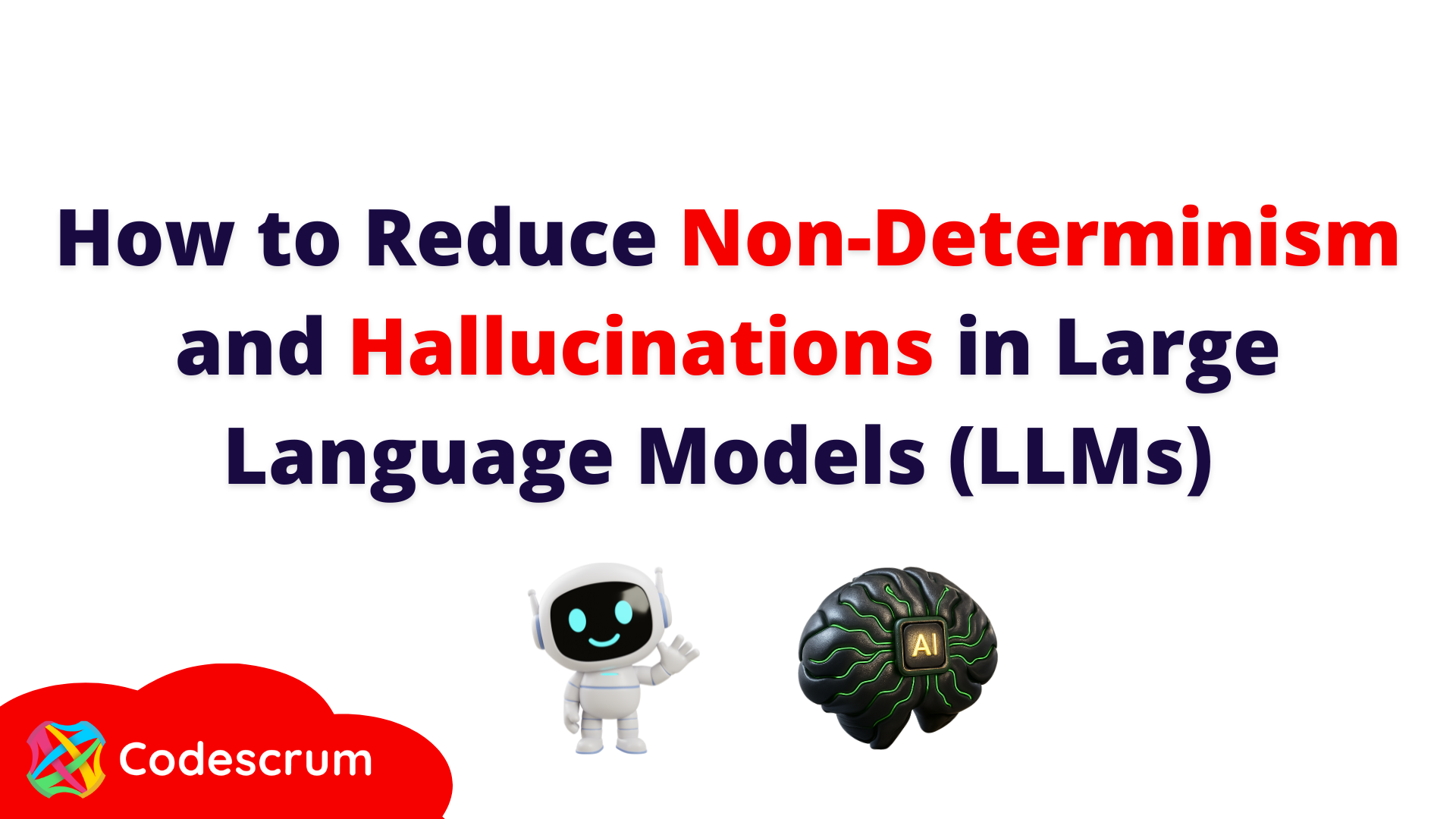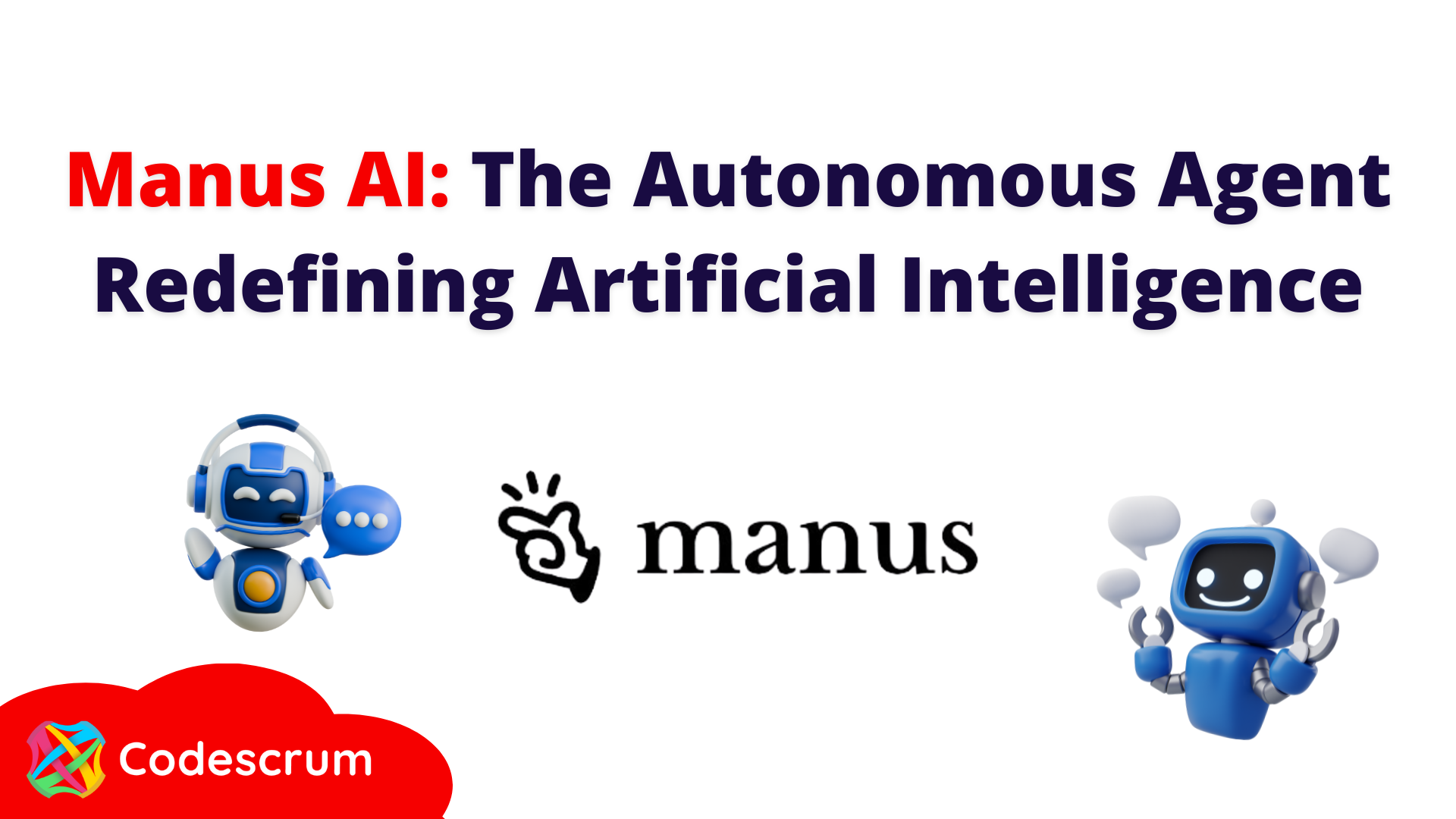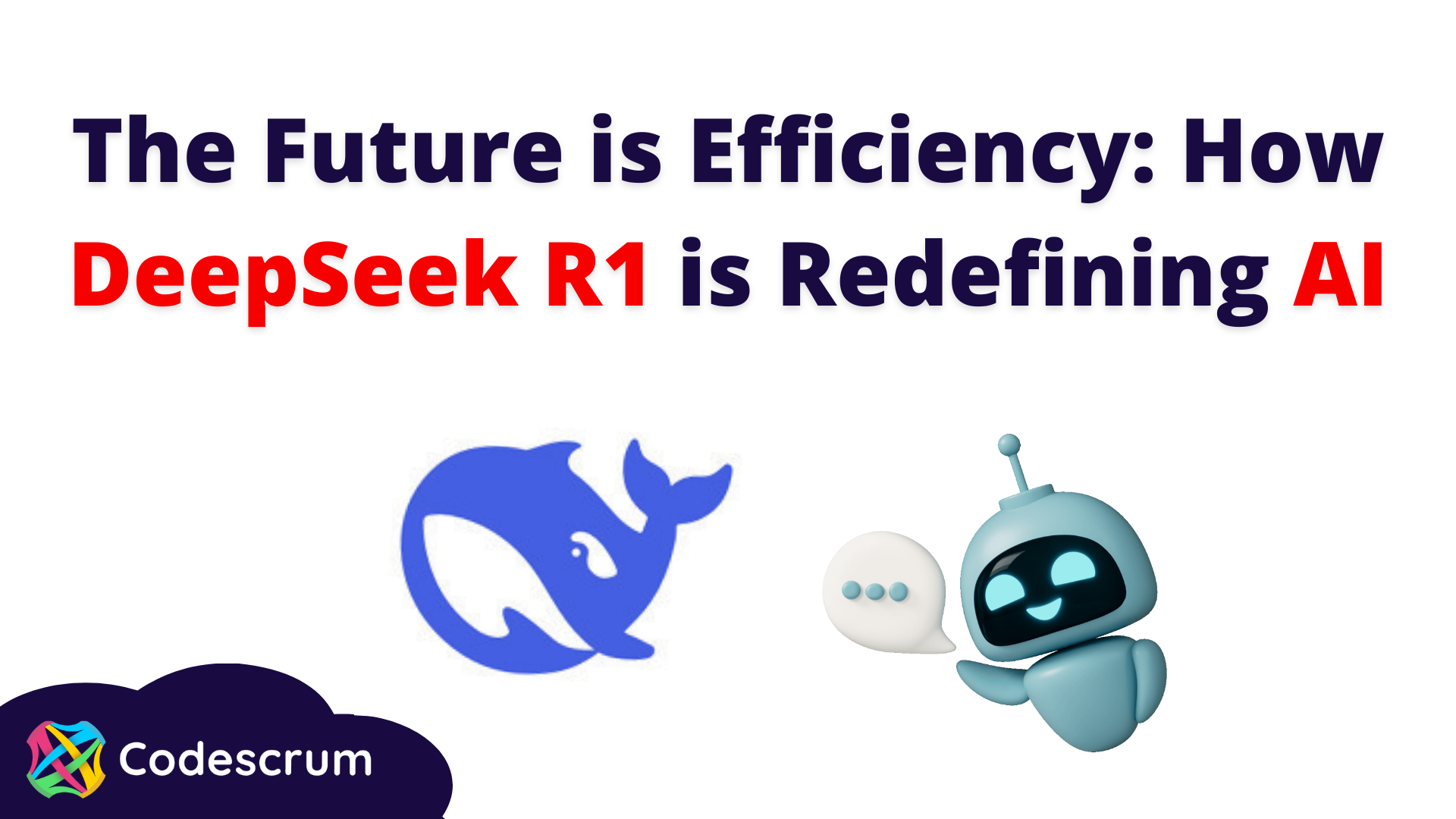Technology and Emotions: The Future of AI and its Capacity to Feel
In the fast-paced world of technology, an exciting topic emerges at the intersection between artificial intelligence and human emotions. This topic is relevant, as it takes us into a realm where AI is evolving to understand and express emotions more closely to humans. This article aims to explore this fascinating development and analyse its implications. We will address how machines can identify emotional patterns, adapt their responses, and examine how artificial empathy may impact areas such as healthcare, education, and social relations.
The current landscape of Artificial Intelligence
Artificial Intelligence (AI) has experienced dizzying progress in recent decades, positioning itself as one of the most exciting and promising technology areas. This rapid progress is primarily due to remarkable deep learning and neural network achievements. These two key areas have boosted the ability of machines to process information and learn similarly to humans.
Emotion in Artificial Intelligence
Emotion is a distinctive feature of the human experience, influencing our decisions, social interactions and general well-being. For centuries, we have considered understanding and expressing emotion to be a uniquely human quality. However, with the rapid progress of Artificial Intelligence, a fascinating question arises: can machines develop genuine empathy, or is it simply a clever simulation?
Understanding and expressing emotions are two interconnected and complex aspects that form the basis of empathy. While emotional understanding involves detecting and recognising emotions in others, emotional expression is the ability to respond and show empathy to those emotions. In the human case, empathy allows us to put ourselves in the place of others and respond appropriately to their emotional states.
In Artificial Intelligence, systems have advanced in identifying emotional patterns in speech, facial expression and other human behaviour. By processing natural language and analysing emotional data, AI can discern whether a user is happy, sad, angry or surprised. These adaptive responses result from complex algorithms that allow machines to mimic empathetic reactions.
Although AI has successfully mimicked empathic responses, there is still debate about whether machines can develop genuine empathy like that experienced by humans. Some argue that genuine empathy requires an internal, conscious understanding of emotions, which machines lack entirely. Although AI systems can adapt their responses based on detected emotions, their ability to empathise remains a simulation based on previously established patterns.
Machine learning techniques and analysing large emotional datasets make emotional pattern recognition in AI possible. These algorithms allow machines to classify emotions and associate them with appropriate responses. For example, in healthcare, some AI systems detect early signs of mental health problems, such as depression and anxiety, by analysing emotional patterns in patients' language. The future of artificial empathy remains an exciting and evolving topic, with the potential to transform human-machine interaction in many areas of modern life.
Implications in various areas
Artificial empathy can transform numerous fields, such as healthcare, education and social interaction. In healthcare, advances in detecting emotional patterns in patients' speech and language may enable earlier diagnoses of mental disorders, providing additional therapeutic support. In education, AI assistants who understand and respond to students' emotions can enhance the learning experience and foster a more supportive and personalised environment.
Artificial empathy may also have applications in social interaction, such as chatbot assistants that provide emotional support and companionship to people facing loneliness or isolation. Furthermore, empathetic AI systems can improve customer satisfaction in the customer service industry by providing more personalised and attentive responses to users' emotional needs.
The potential benefits of artificial empathy are diverse. By improving human-machine interaction, more seamless and satisfying communication could be established. This could lead to greater adoption and acceptance of the technology, boosting its integration into various spheres of society.
However, ethical and philosophical questions arise as AI moves towards greater artificial empathy. Should we grant machines the ability to understand and respond to our emotions? To what extent is allowing technology to influence our decisions and emotional states ethical? These questions raise challenges about privacy, informed consent and responsibility in developing and using this technology.
The road to artificial empathy
Developing authentic artificial empathy presents complex technological challenges. While AI systems can identify emotional patterns, genuinely understanding human emotions requires a deep and conscious understanding that goes beyond current algorithms. Moving in this direction will require interdisciplinary research spanning neuroscience, psychology and philosophy to understand better human nature and how emotions influence our decisions and actions.
In addition to the technological challenges, we must also consider artificial empathy's ethical and social implications. It is essential to address questions such as the responsibility of companies and developers when implementing this technology, as well as ensuring transparency and informed consent of users.
A call for responsibility in developing and using artificial empathy becomes essential. As we move towards this exciting future, we must ensure that technology serves humanity and not vice versa. Artificial empathy must be used to improve the quality of people's lives while respecting autonomy and human dignity.
Conclusion
In conclusion, advances in detecting emotional patterns in artificial intelligence present exciting possibilities in healthcare, education and social interaction. However, these advances also confront us with significant ethical and philosophical challenges.
It is imperative to address responsibility in developing and using artificial empathy. The privacy and autonomy of users must be safeguarded to avoid emotional manipulation and ensure the ethical use of technology.
Interdisciplinary research in neuroscience, psychology and philosophy will be essential to achieve more authentic artificial empathy. A better understanding of human nature and how emotions influence our decisions and actions is crucial to the responsible development of this technology.
As we move towards a future where technology and emotions converge, we must ensure that artificial empathy is used to improve quality of life and human well-being. Ethics must guide our steps, ensuring that artificial empathy is a tool that benefits society as a whole.
The road to authentic artificial empathy can be challenging, but it is a road worth travelling. By focusing on responsible principles, transparency and an understanding of human nature, we can fully harness the potential of artificial empathy to build a more humane and compassionate future.













